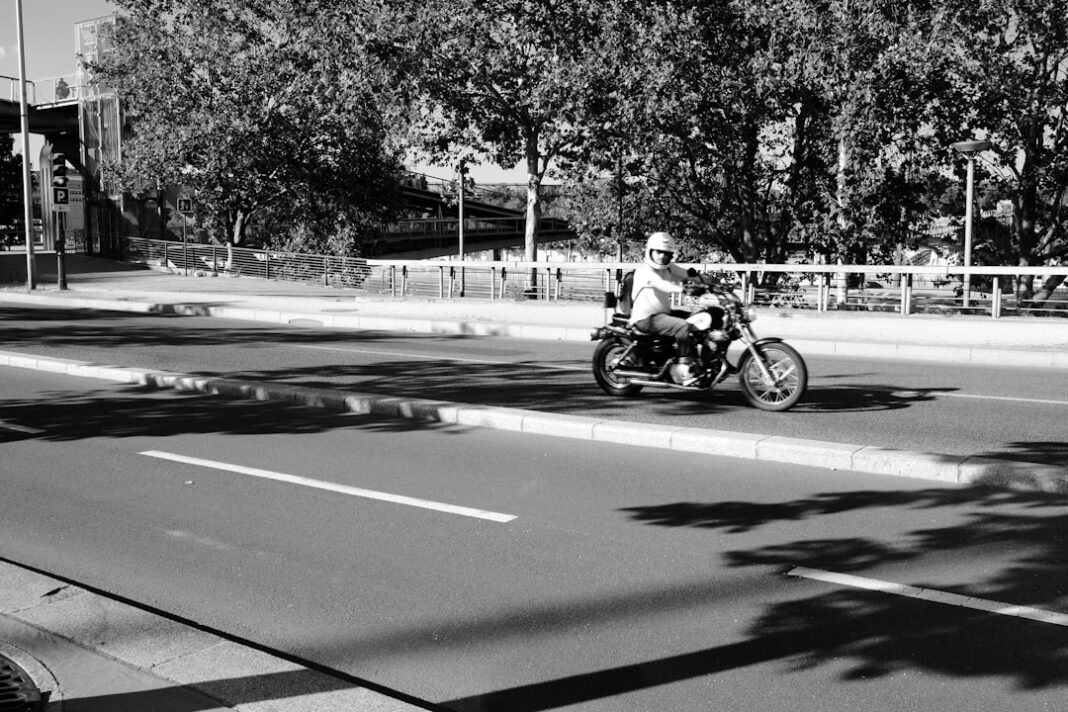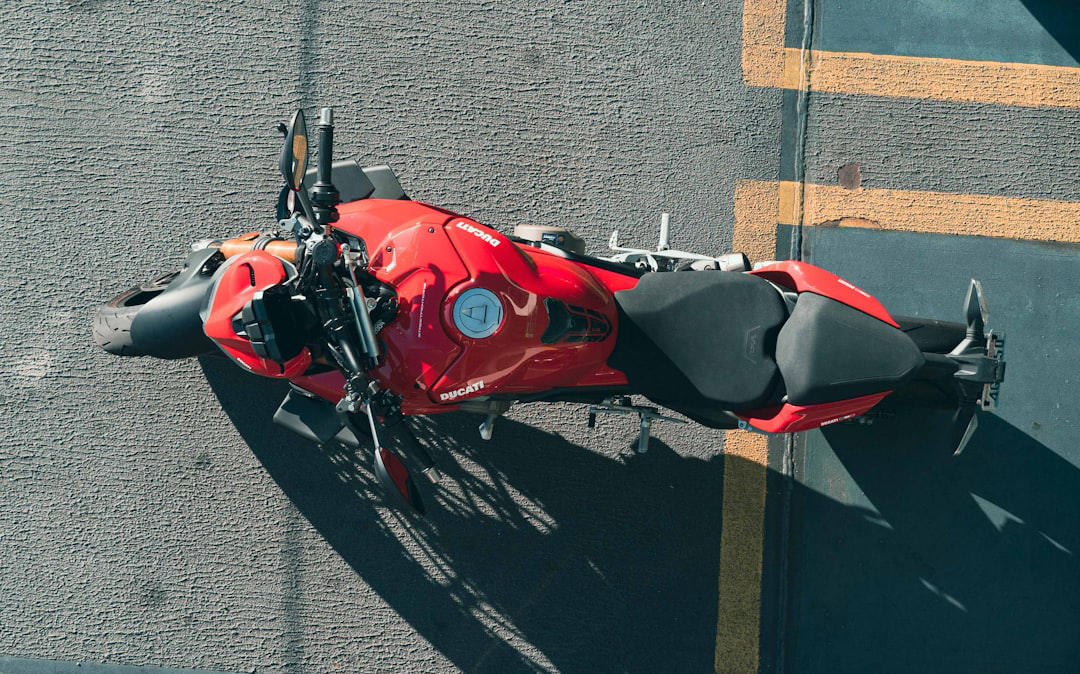Motorcycles offer a sense of freedom that few other forms of travel can match. The speed, agility, and thrill of the open road appeal to riders of all ages. But this unique experience comes with increased risk, especially when riders make certain decisions that can compromise safety. Understanding which behaviors most often result in accidents allows motorcyclists to make smarter, safer choices and avoid injury.
Overlooking Legal Support After an Injury
Accidents can leave riders feeling overwhelmed and unsure of what steps to take next. Medical bills, lost income, and insurance negotiations create significant stress. When a motorcycle injury occurs, legal guidance becomes a valuable resource. Those seeking advice on what to do after an accident can learn more here, where support focuses on helping victims protect their rights. Understanding these legal avenues can make the road to recovery much more manageable.
Speeding Past Safety
Speeding remains one of the most common causes of motorcycle crashes. Riders who exceed speed limits reduce the time available to react to changes in traffic or road conditions. This makes it much harder to respond effectively to obstacles or sudden movements by other vehicles. The faster a motorcycle moves, the greater the impact of any collision, increasing the chances of severe injury or even death. Keeping a steady, controlled pace improves safety and provides a better riding experience overall.
Riding While Impaired
Impaired riding is a serious threat to both the motorcyclist and everyone else on the road. Alcohol and drugs interfere with judgment, balance, and coordination, all critical functions when riding a bike. Even a small amount of alcohol can distort depth perception and slow reaction times. Riders who feel even slightly impaired should always delay their journey. It is far safer to call a ride or wait until fully sober than to risk a potentially life-altering crash.
Lane Splitting in Unsafe Conditions
Some states allow lane splitting, but many others do not. Even where it is permitted, the practice requires caution and awareness of other vehicles’ movements. Drivers often do not expect a motorcycle to pass between them in traffic, which increases the risk of sideswipes. Lane splitting at high speeds or during heavy traffic can lead to dangerous surprises. Riders should move between lanes only when conditions are safe, traffic is slow, and they can clearly anticipate other drivers’ actions.
Poor Visibility and Weather Misjudgment
Riding in poor weather or low-light conditions drastically increases the danger. Fog, rain, and darkness can obscure road hazards and make motorcycles harder for other drivers to see. Riders should wear reflective gear and make sure all lights work properly before setting off. They must assess weather forecasts and adjust travel plans to avoid the worst conditions. Choosing to stay off the road during high-risk situations can help prevent devastating accidents.
Overconfidence and Inexperience
Many new riders overestimate their skills and take unnecessary risks. Overconfidence can lead to taking turns too sharply or underestimating how long it takes to stop. Inexperienced riders benefit from training programs and regular practice in a safe environment. Gradual exposure to more complex roads allows them to build confidence without risking their safety. Even experienced riders should periodically revisit safety courses to refine their skills and avoid bad habits.
Disregarding Protective Gear
Every piece of motorcycle gear serves a purpose beyond style. Helmets protect the skull and brain during crashes, while jackets and gloves shield against abrasions. Riders who skip protective gear expose themselves to far more serious injuries. In warm weather, it may be tempting to dress lightly, but that sacrifice for protection is not worth the risk. Dressing properly for every ride builds a habit that could save a life in an instant.
Aggressive Riding Habits
Aggressive behavior such as tailgating, sudden lane changes, or weaving through traffic poses a serious threat. These actions reduce the time a rider has to react and can irritate other drivers, leading to road rage or reckless retaliation. Maintaining a calm and patient demeanor behind the handlebars creates a safer environment for everyone. Riding defensively means assuming others may not see you or react predictably. It’s far better to arrive safely than to win a risky battle in traffic.
Failing to Keep the Bike in Top Shape
A poorly maintained motorcycle increases the odds of an accident. Bald tires, worn-out brakes, or malfunctioning lights can all lead to mechanical failure at critical moments. Riders should inspect their bikes regularly, checking fluid levels, brake pads, chain tension, and tire pressure. Addressing small issues quickly prevents larger, costlier, and more dangerous problems later. Keeping the motorcycle in great condition ensures the rider has full control every time they hit the road.
Building a Safer Riding Culture
Motorcyclists shape riding culture with every decision they make. By adopting safer habits, they set examples for others and contribute to a more responsible community. Riders who share tips, encourage gear use and offer support help reduce accident rates. It takes consistent effort, but the reward is a more enjoyable and less dangerous riding environment. Promoting safety means making smart choices every single ride.
Motorcycling carries inherent risks, but many of those risks can be reduced with the right approach. Riders who avoid high speeds, wear proper gear, and stay focused on the road give themselves the best shot at enjoying a long and safe riding experience. Maintenance, caution, and responsibility play key roles in keeping both riders and others safe. With attention to the behaviors that lead to accidents, motorcyclists can ride confidently and steer clear of injury.






